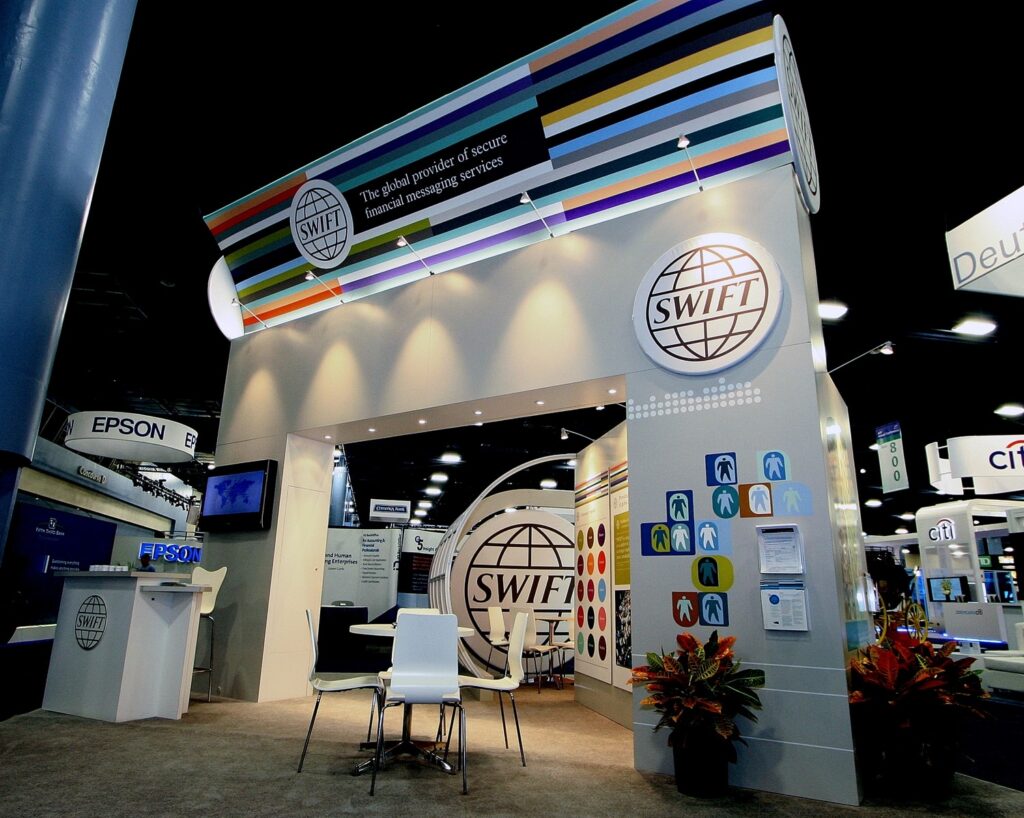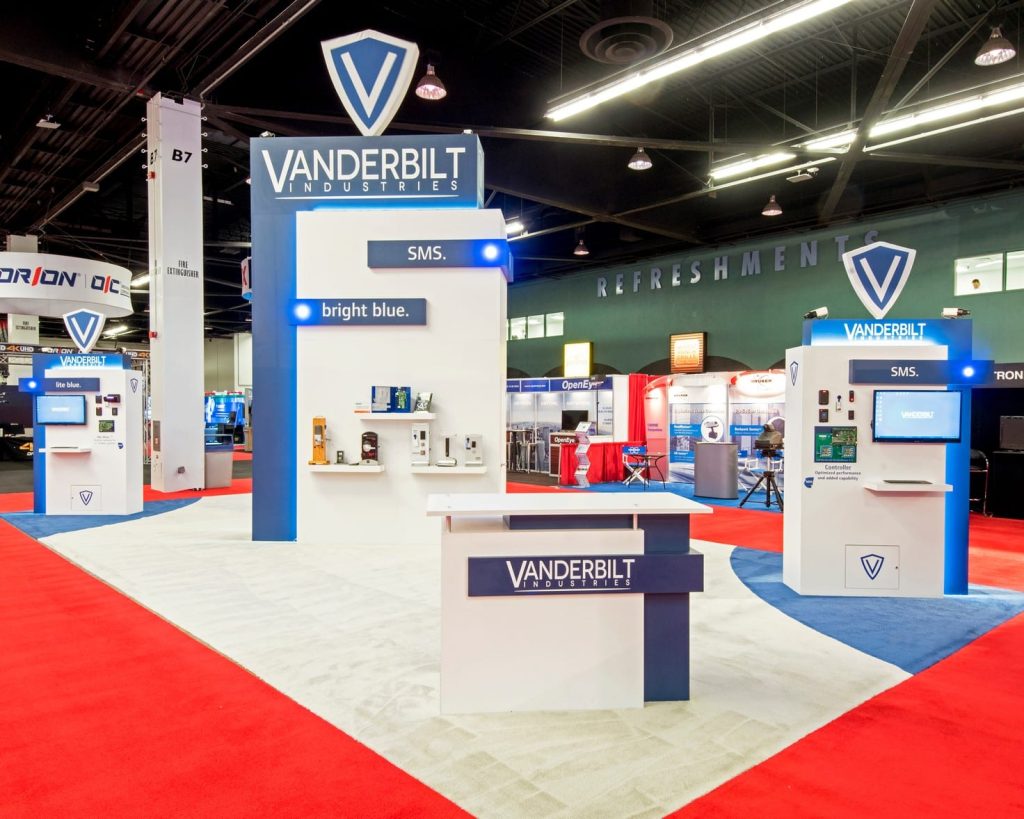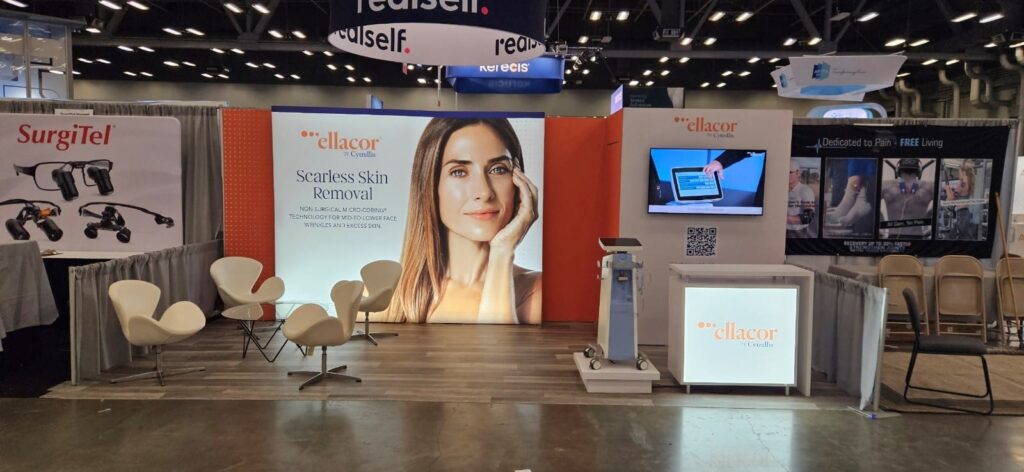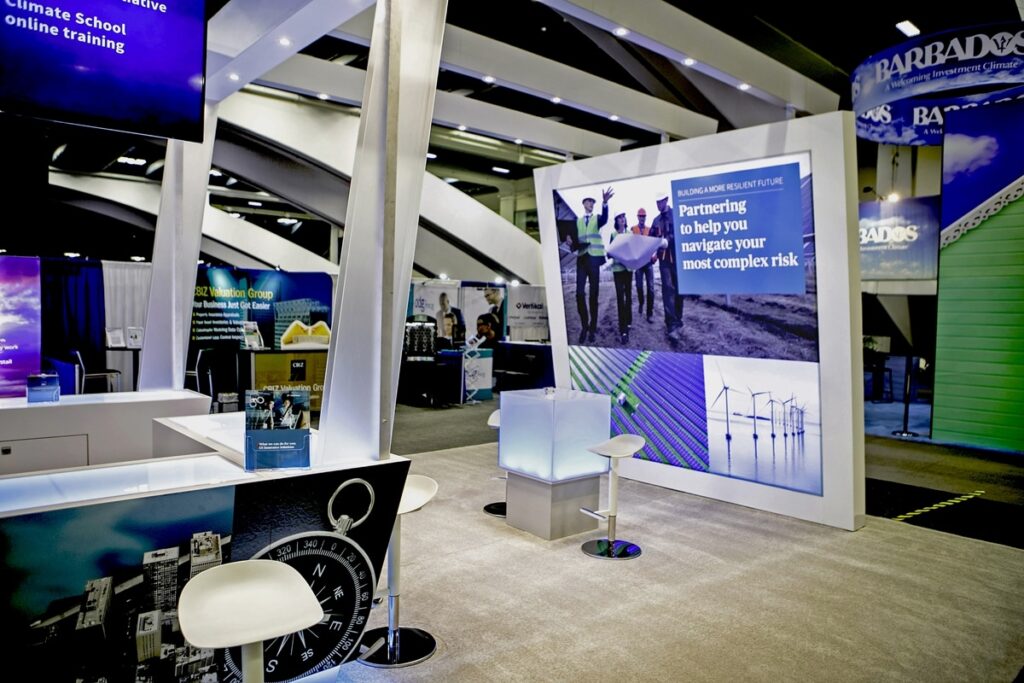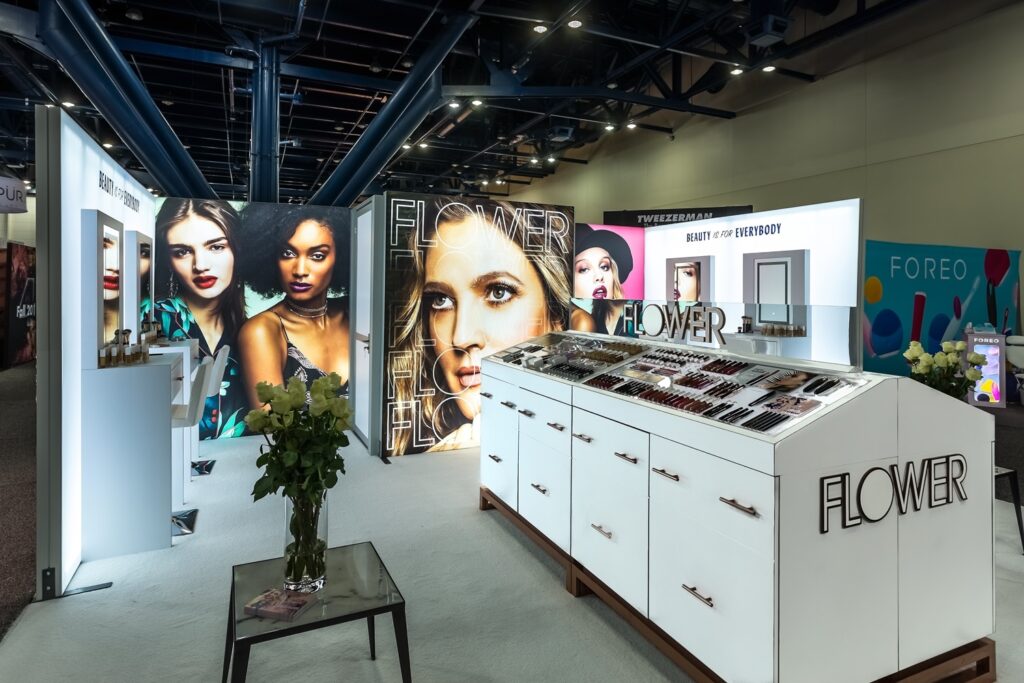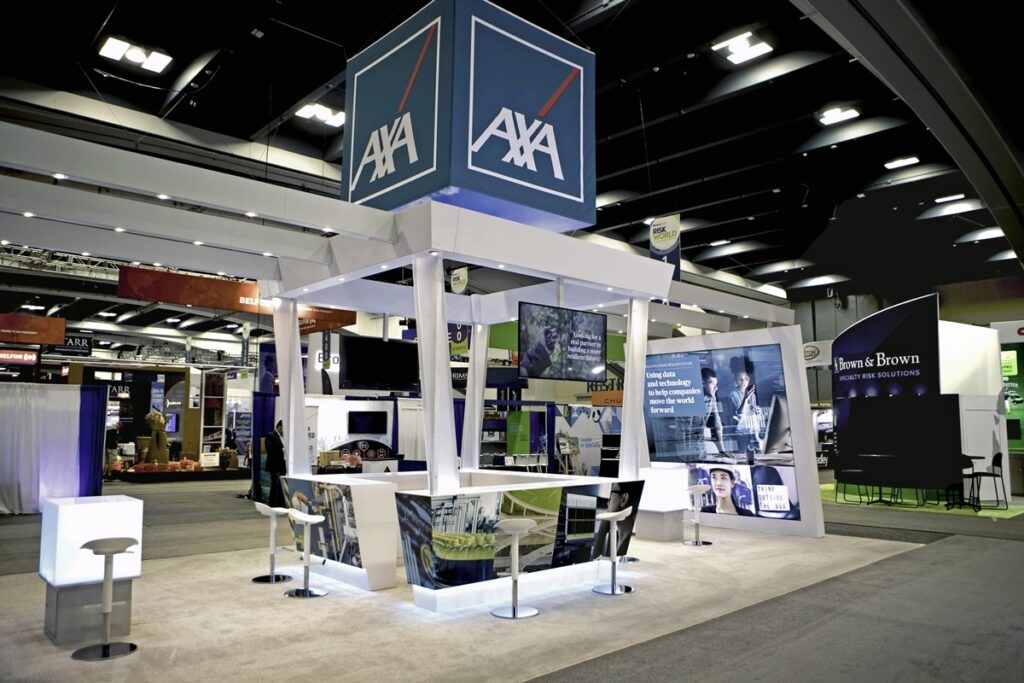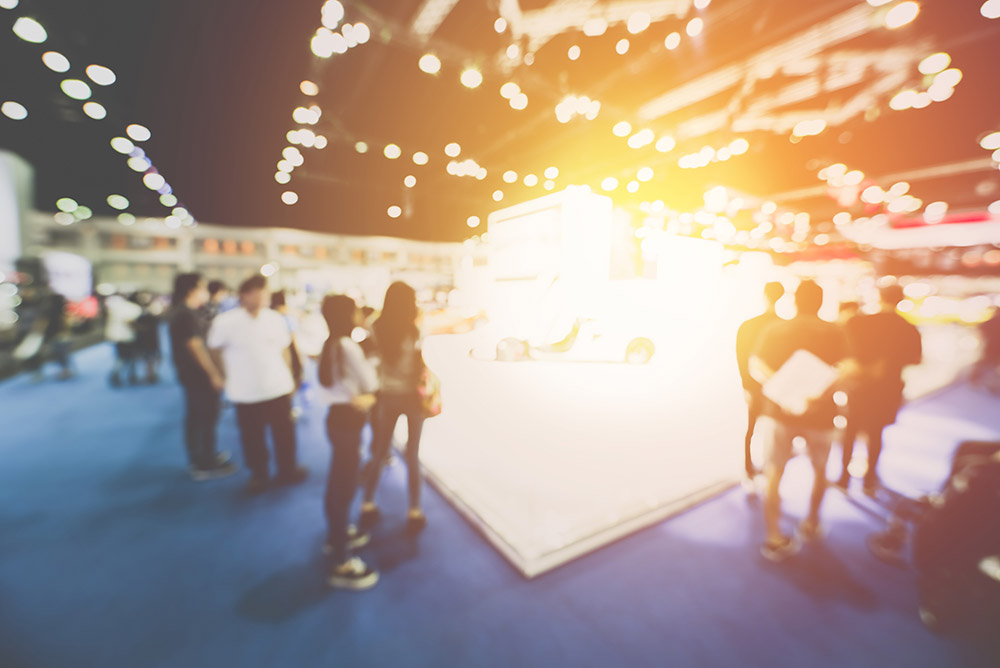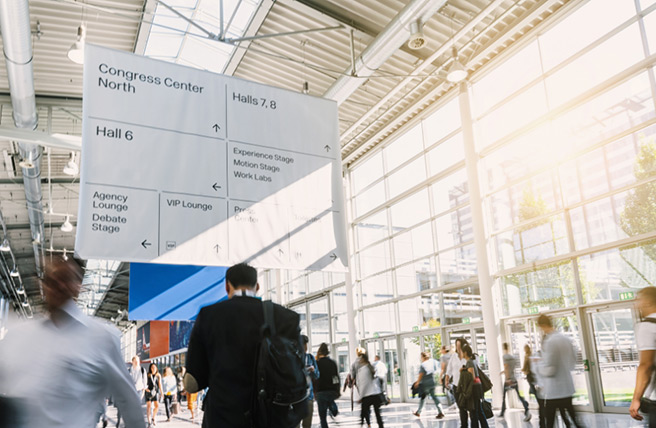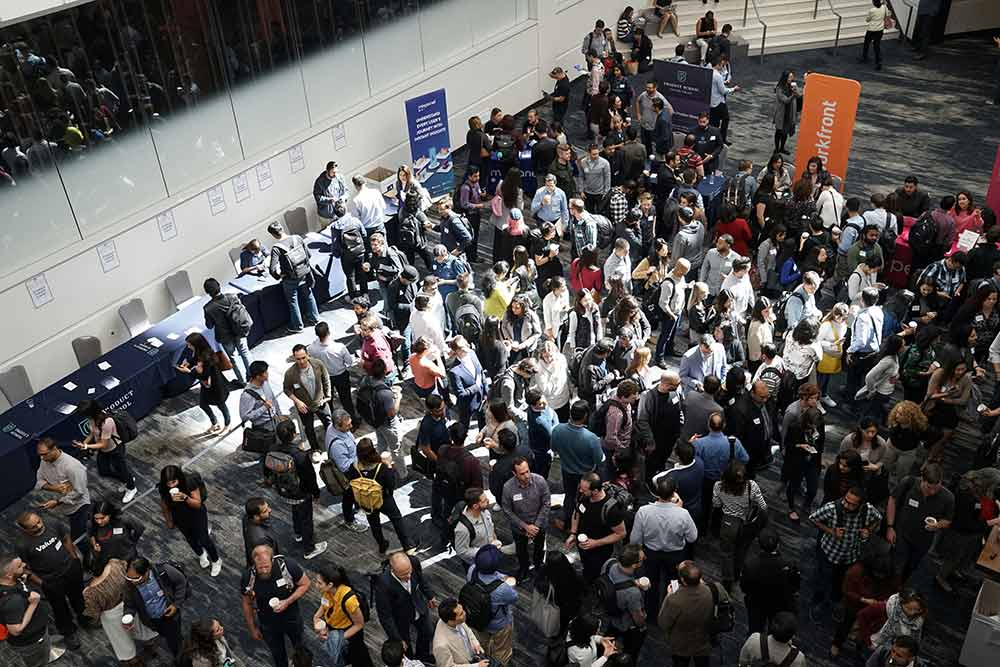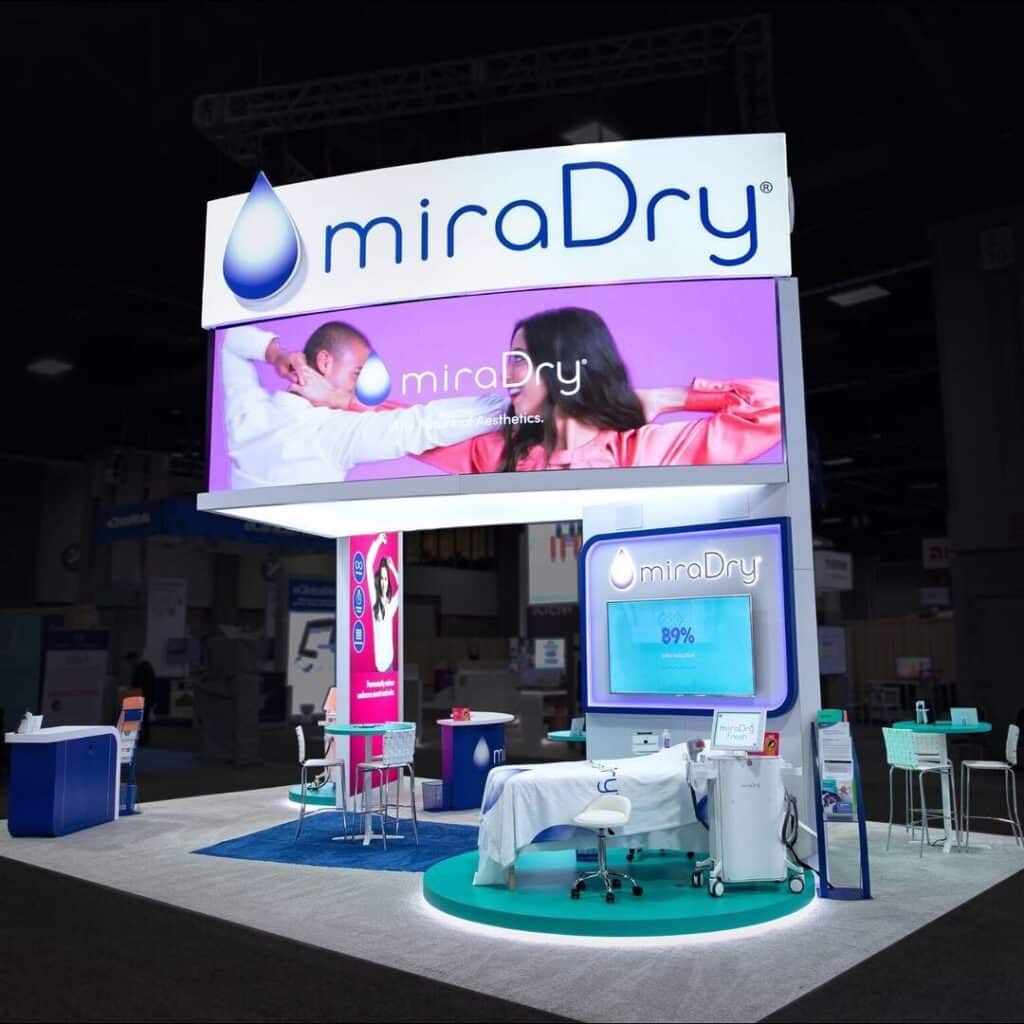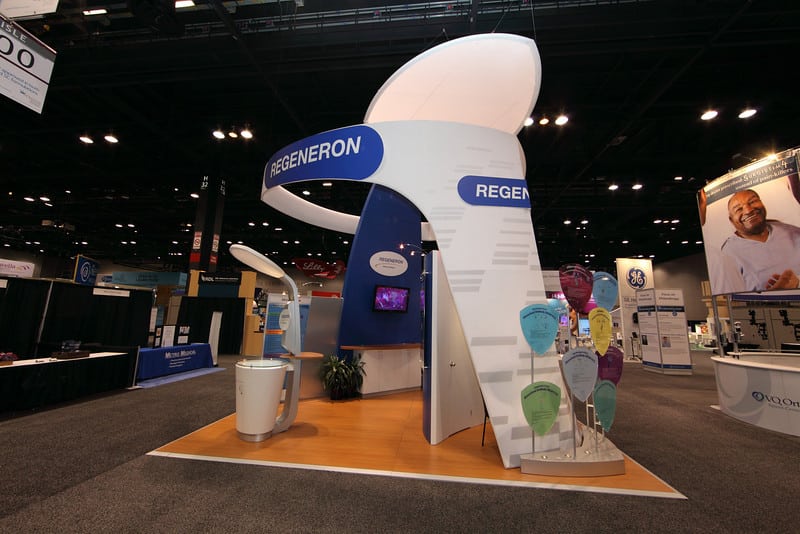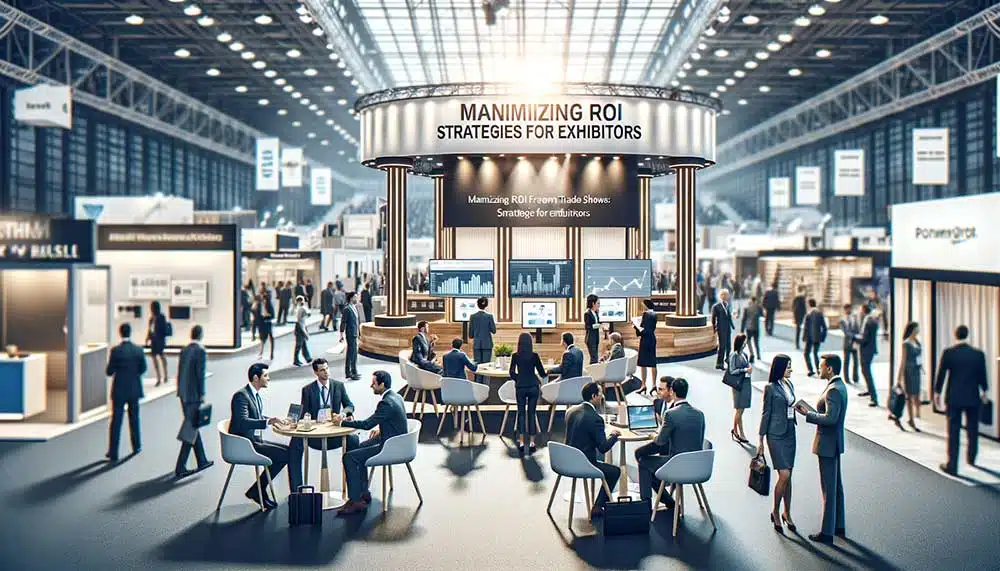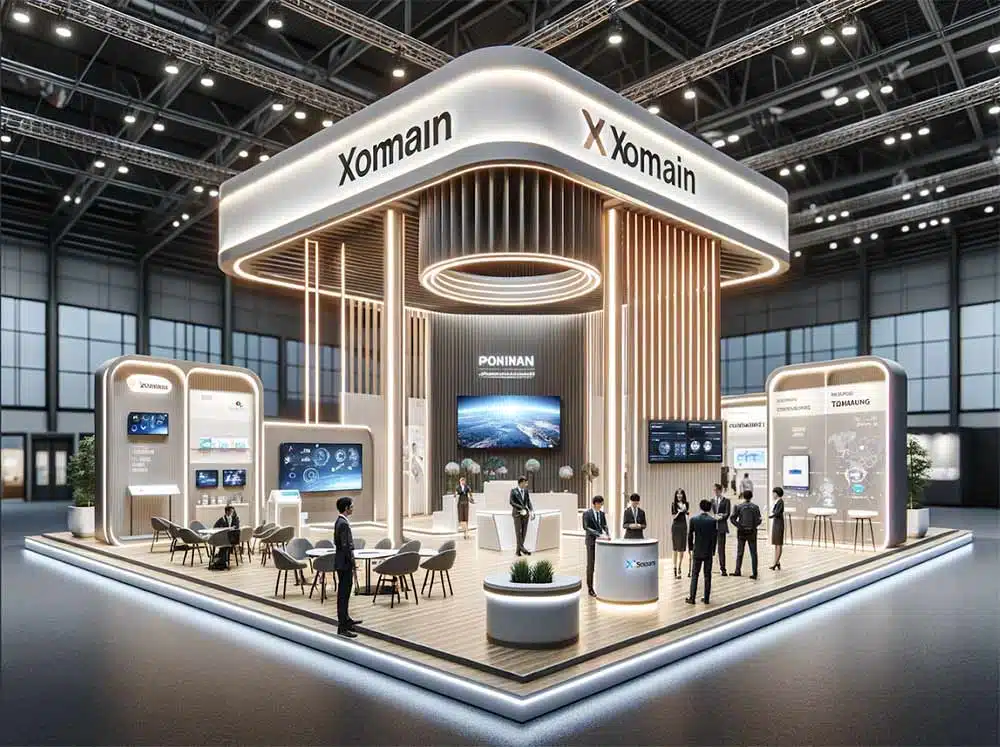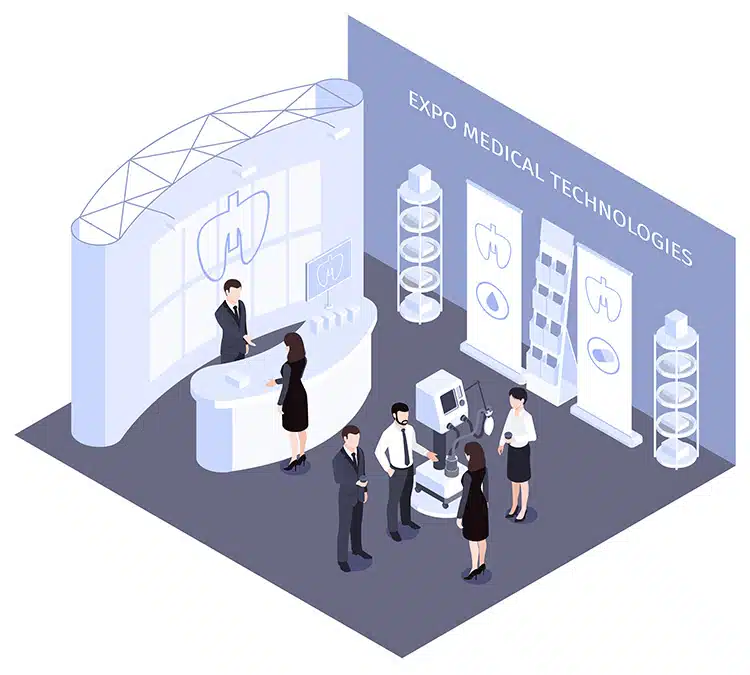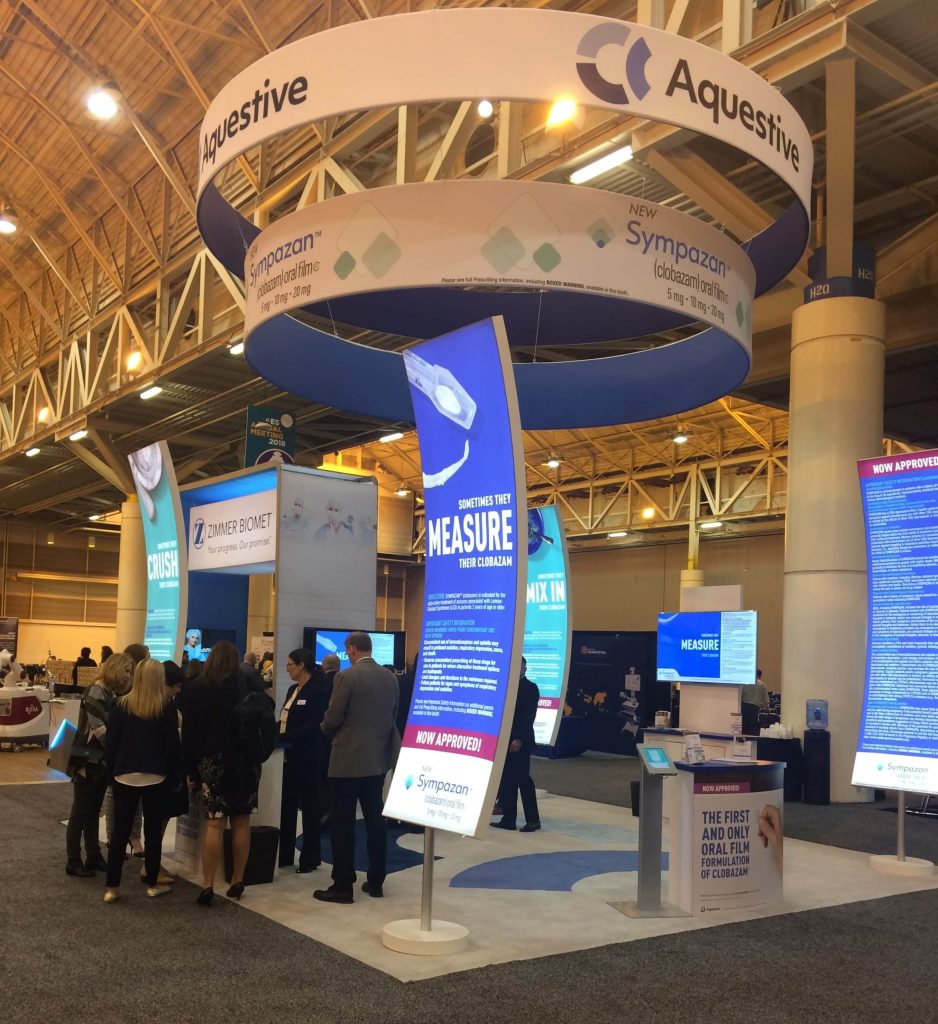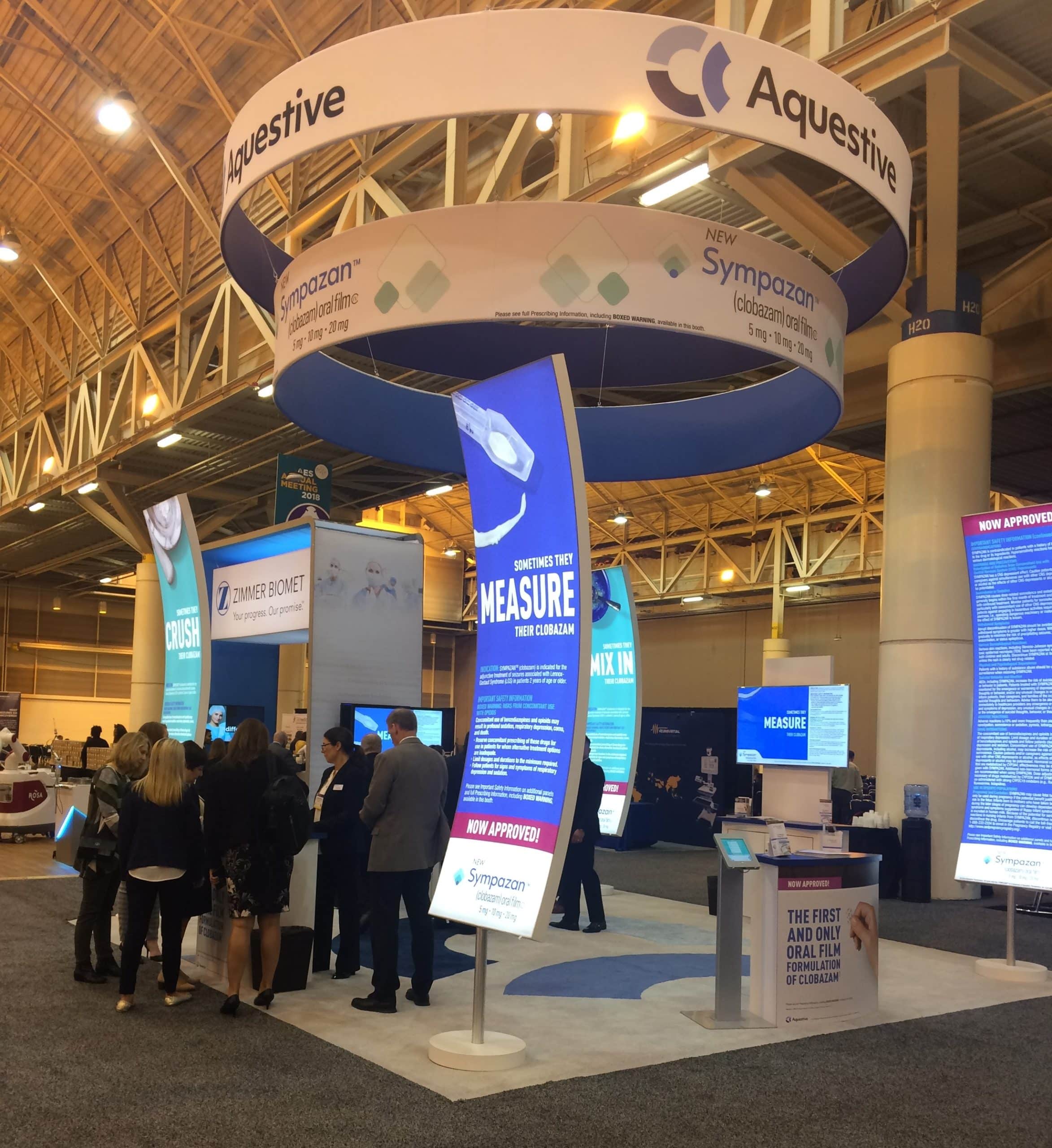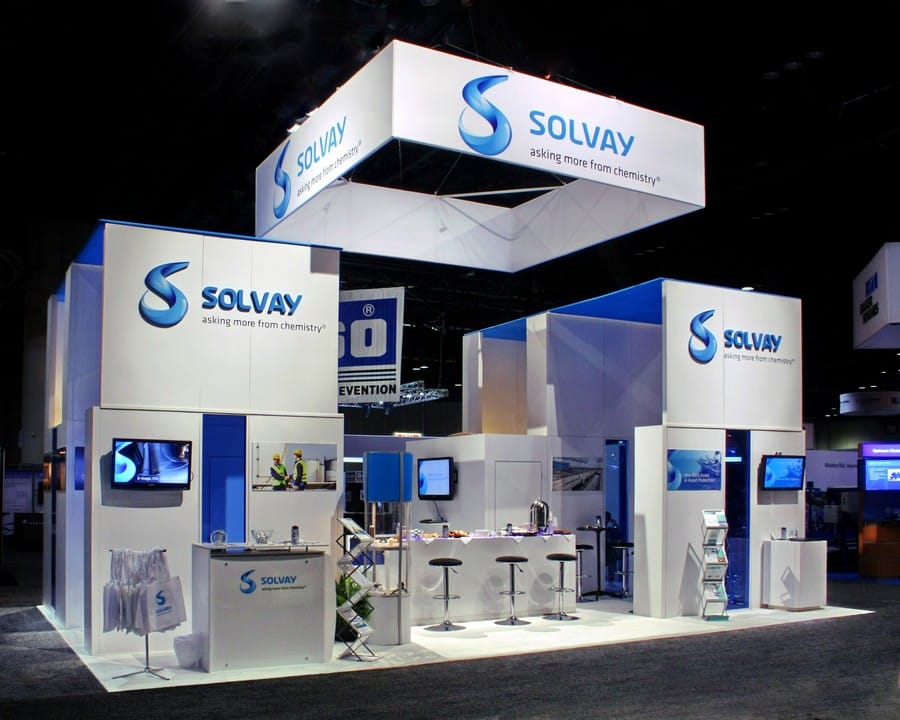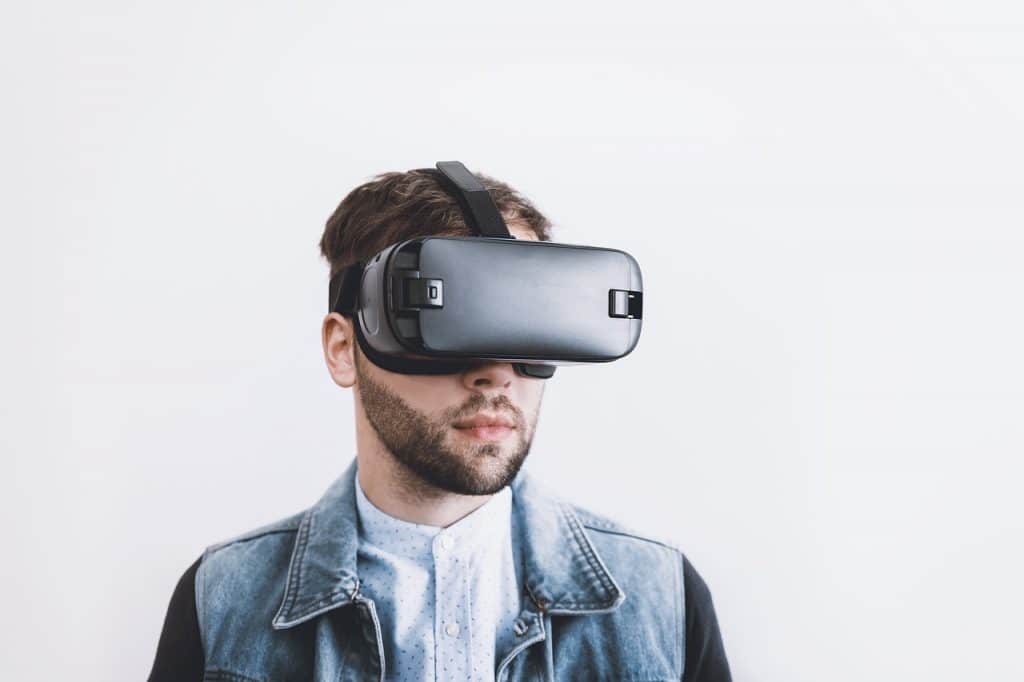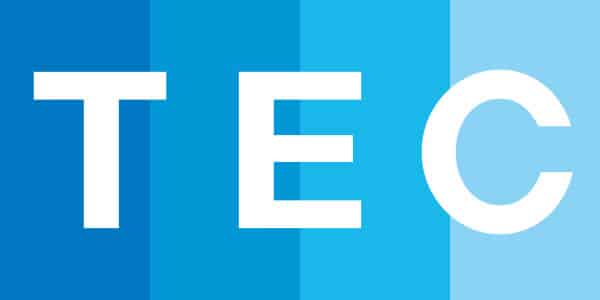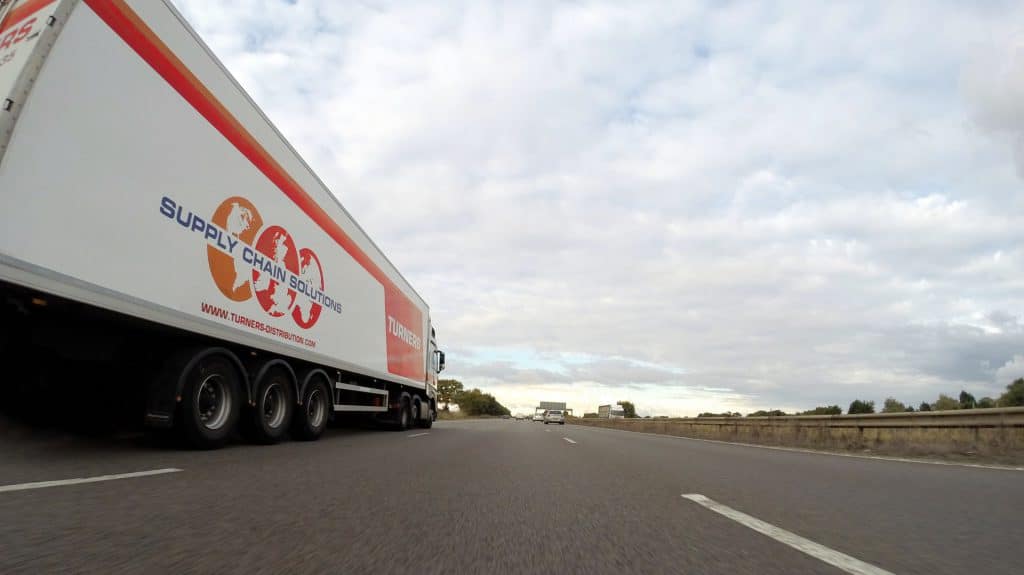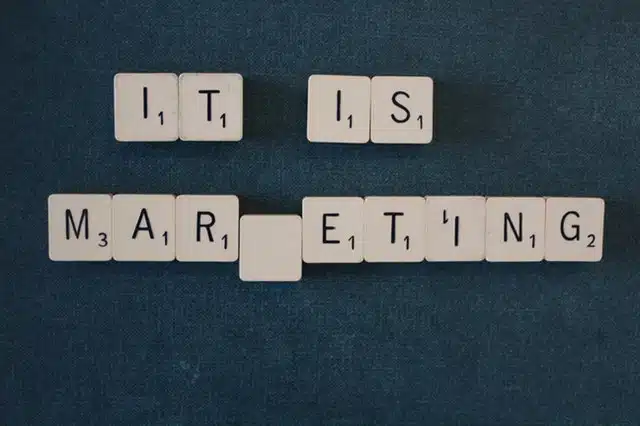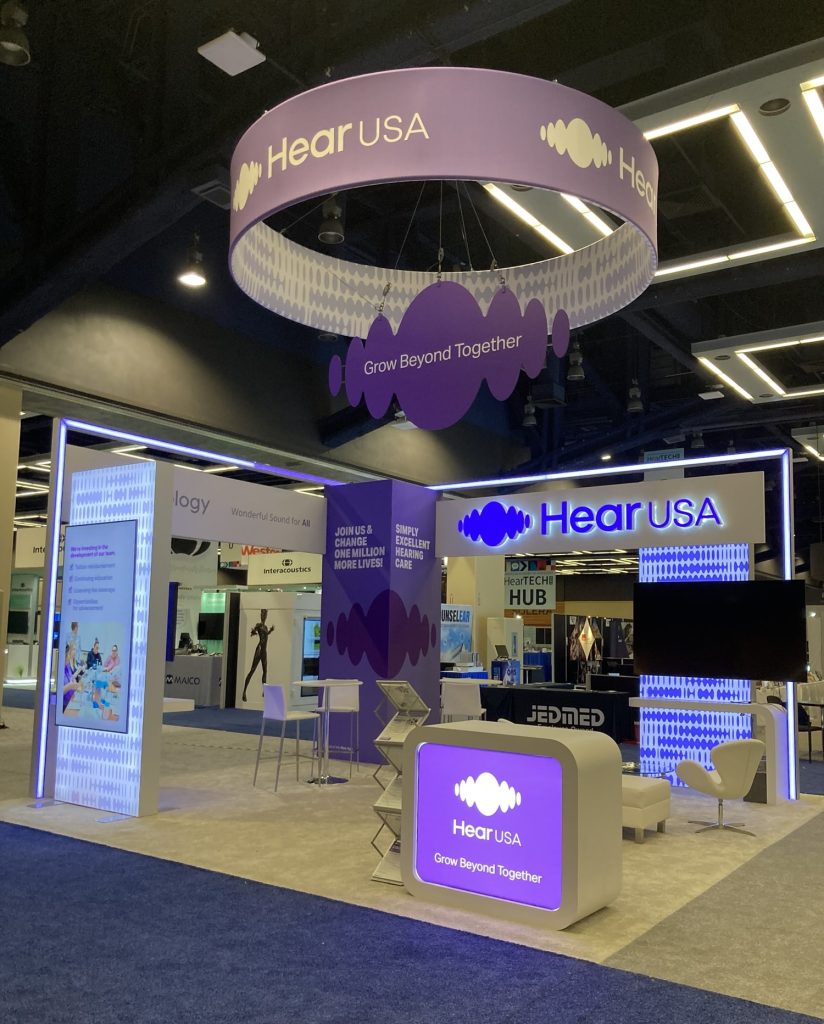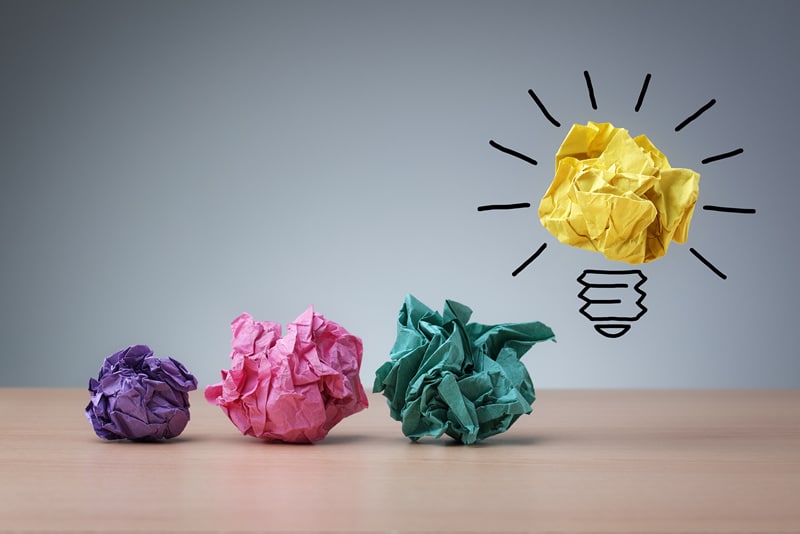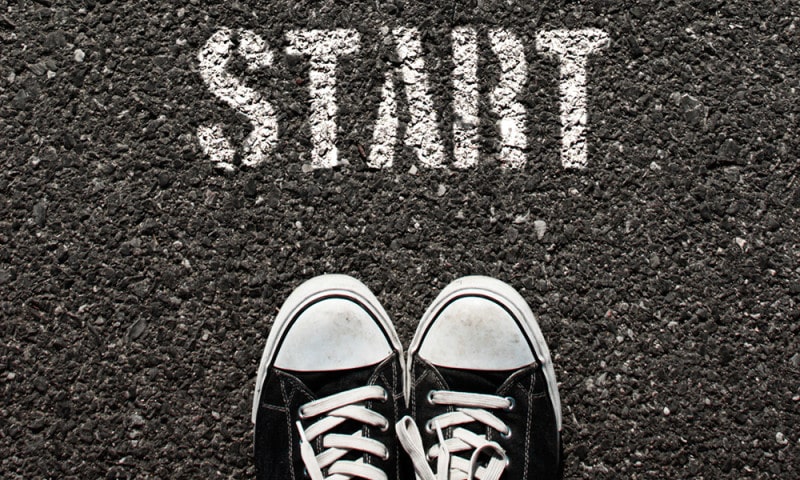Exhibit Booth Lighting: Transforming the Experience
If your exhibit booth lighting doesn’t highlight your brand, then your selling points will fade in the background. Your exhibition booth should display everything you offer, and lighting is a key element of any successful trade booth.
How Exhibit Booth Lighting Impacts Your Trade Booth's Appearance
Light, in short, defines a given space. It illuminates areas, highlights key features, and provides a clear vision of the environment. Effective lighting elevates every element of your custom trade show booth, transforming the space into an inviting and engaging environment. Light can change how people perceive all other elements of your trade show booth, impacting vital design aspects such as:
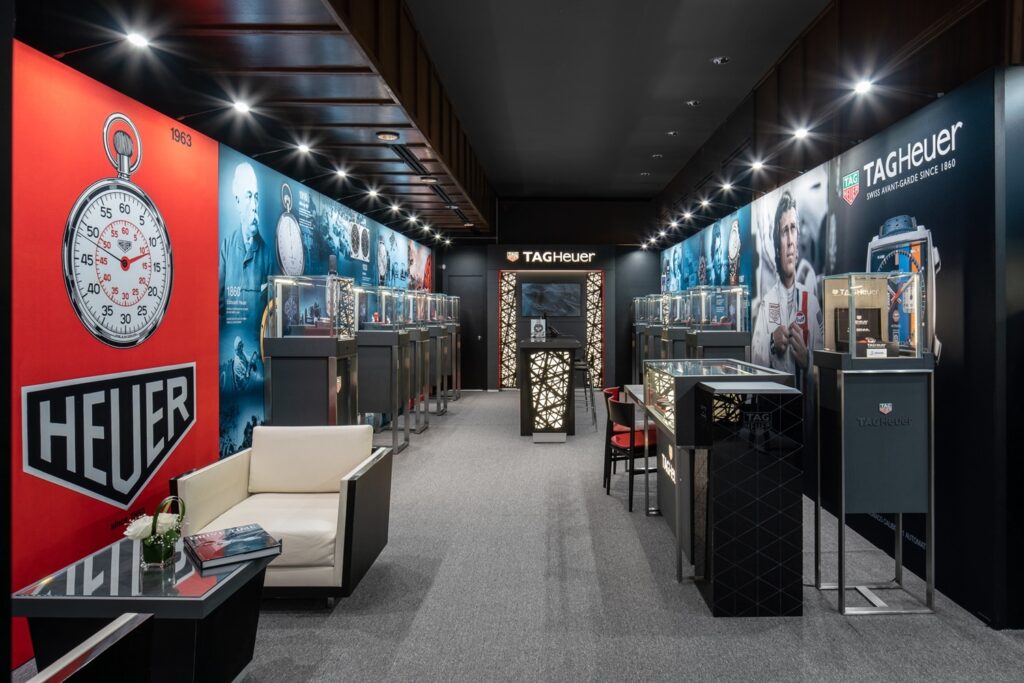
Color
Good brands use color theory to define their image. Color theory takes all aspects of color into account. This includes saturation, hue, and brightness, to create impressions that encourage their audience to engage. In this case, lighting can either enhance or detract from those colors, emphasizing those colors to create the impression you want from your potential clients.
Intensity
The intensity of your space can easily impact your visitors’ experience. For instance, bright, cool-toned lights create a more intense, high-energy space, while warm, softer lights can create a moody, inviting area. Light intensity, when combined with color, can impact the overall mood, easily changing your visitors’ experience.
Movement
Light can also dictate where movement is felt and experienced. Depending on where and how the light fixtures are placed, they can create the impression of a static, uniform space or a high-energy, active type of engagement for your visitors.
Distribution
Where light is distributed depends on the booth’s size, location, and available working space. If your booth faces size restrictions, you must distribute lighting in areas where you want visitors to focus the most. When placed in areas that detract from your key features, your booth’s overall design scheme will be less effective.
You’ve most likely been asked questions about how you want your booth to appear. Warm or cool tones, modern or classic frameworks, rotating or stagnant objects – all design features need light to enhance their best qualities.
If your lighting design removes those qualities, your trade booth could suffer financial loss. Creating a custom trade show booth design from scratch can sometimes take months, so working with a trade show exhibit company is recommended before you even begin.
Highlight Your Best Features
Developing a custom trade show booth design takes exceptional artistic and technical skills to accomplish well. At Exhibit Company Inc., we offer designers and builders to create your brand experience at your next trade show so you can be successful in all your ventures. Our teams offer resources and design tools and can help handle all the logistics so you can reap the rewards and further excel.
If you want to learn more, complete our contact form and we can help design your dream trade show booth.


